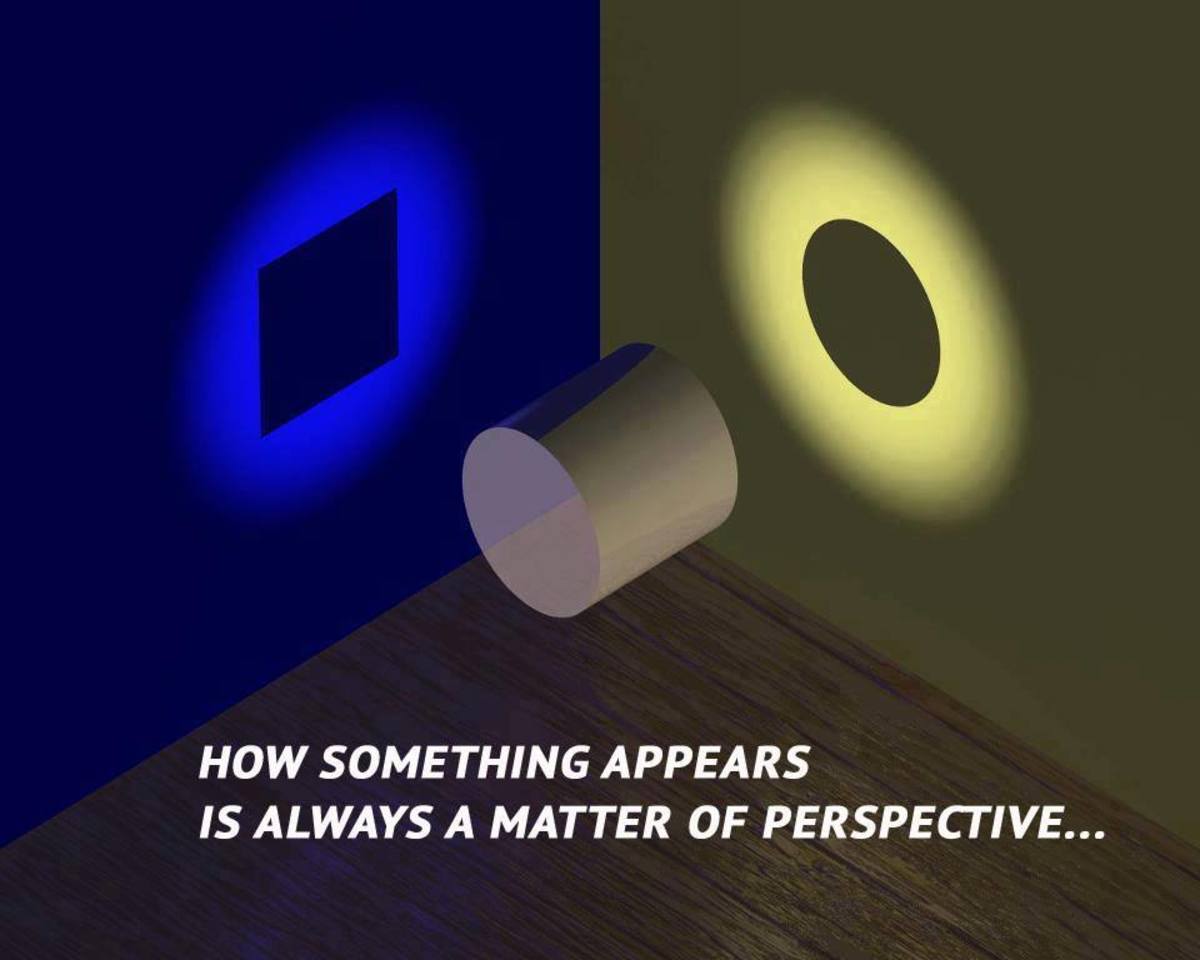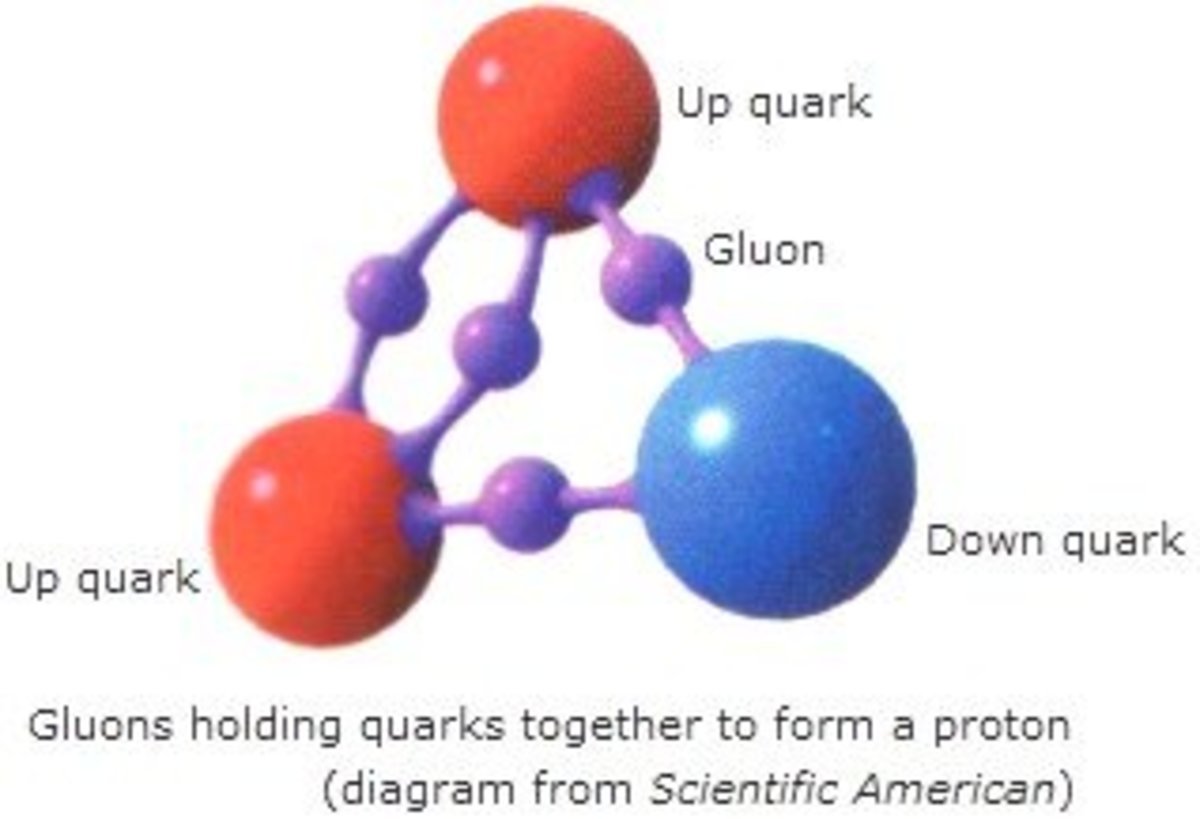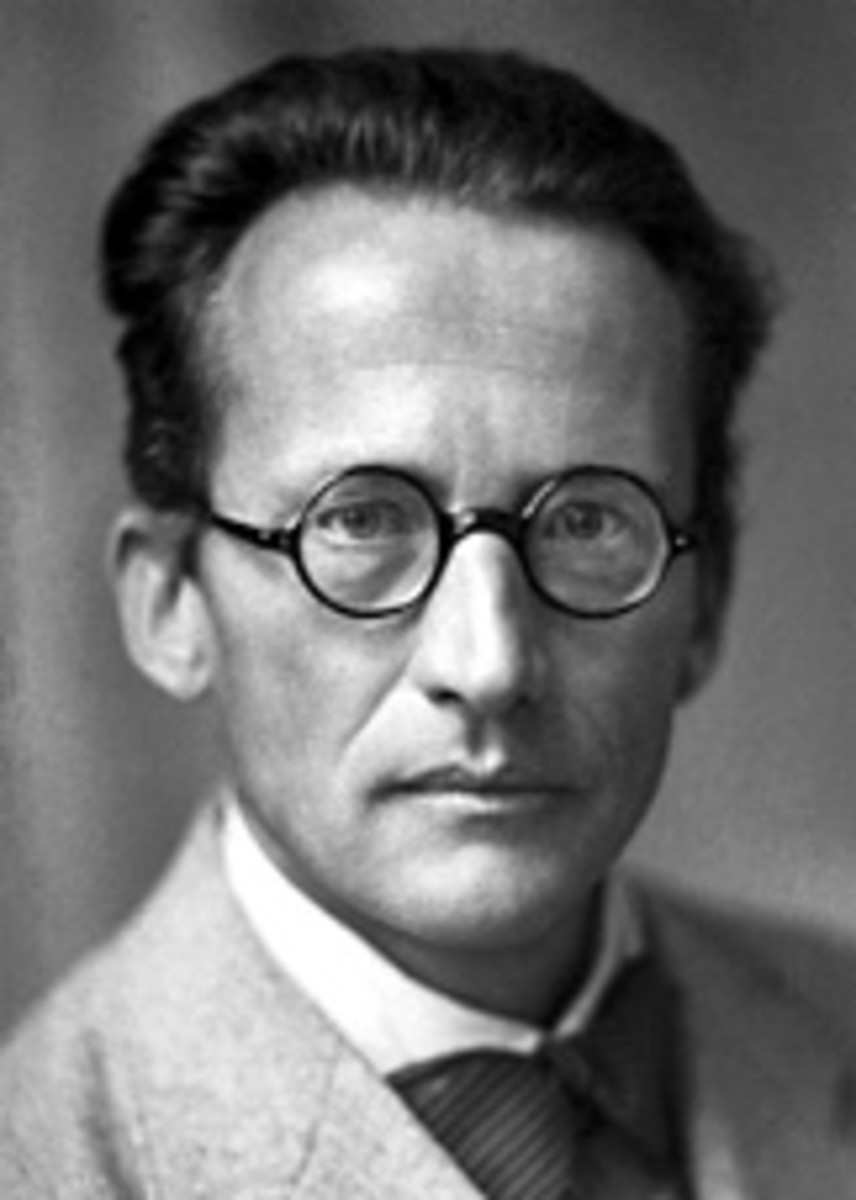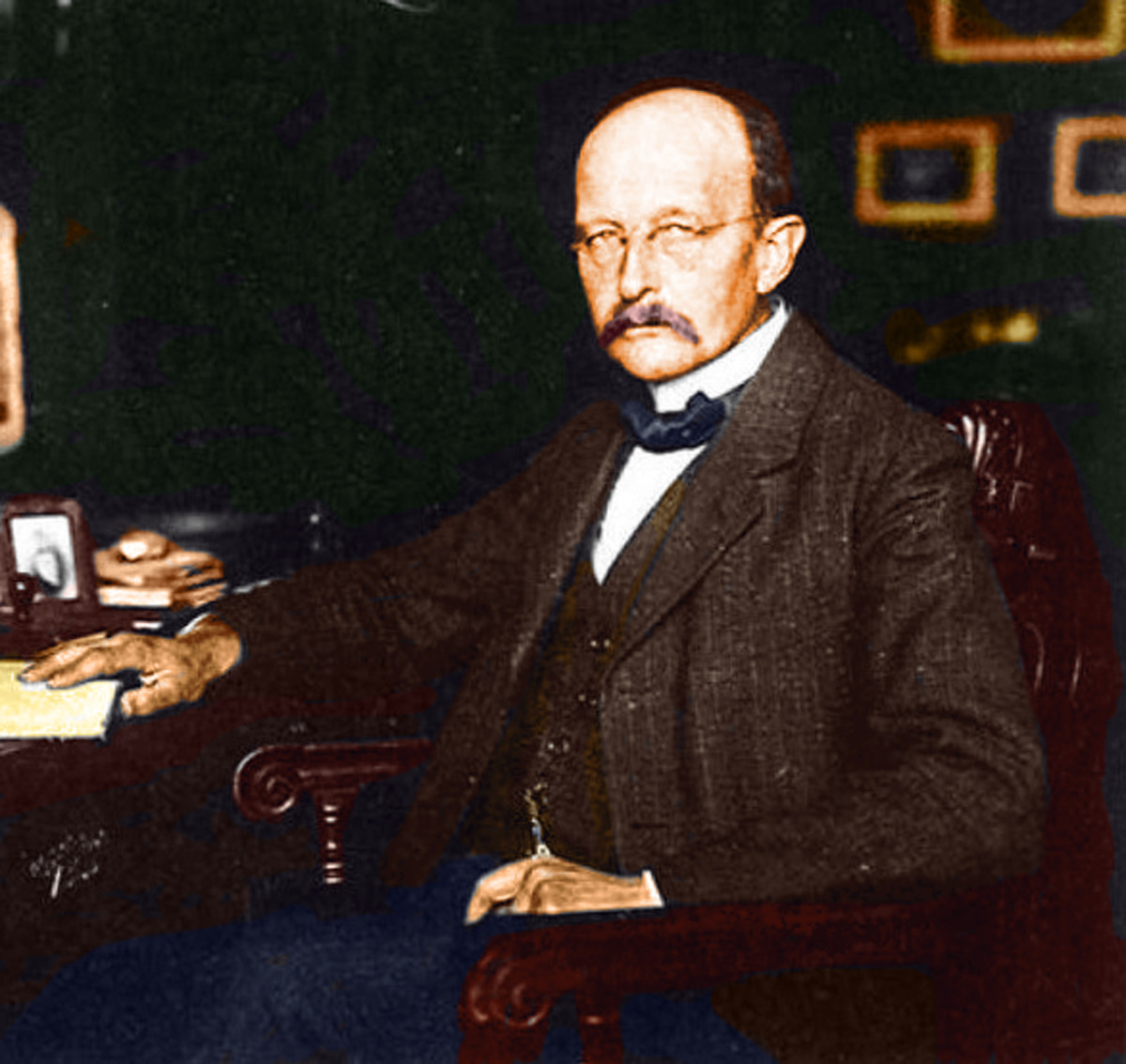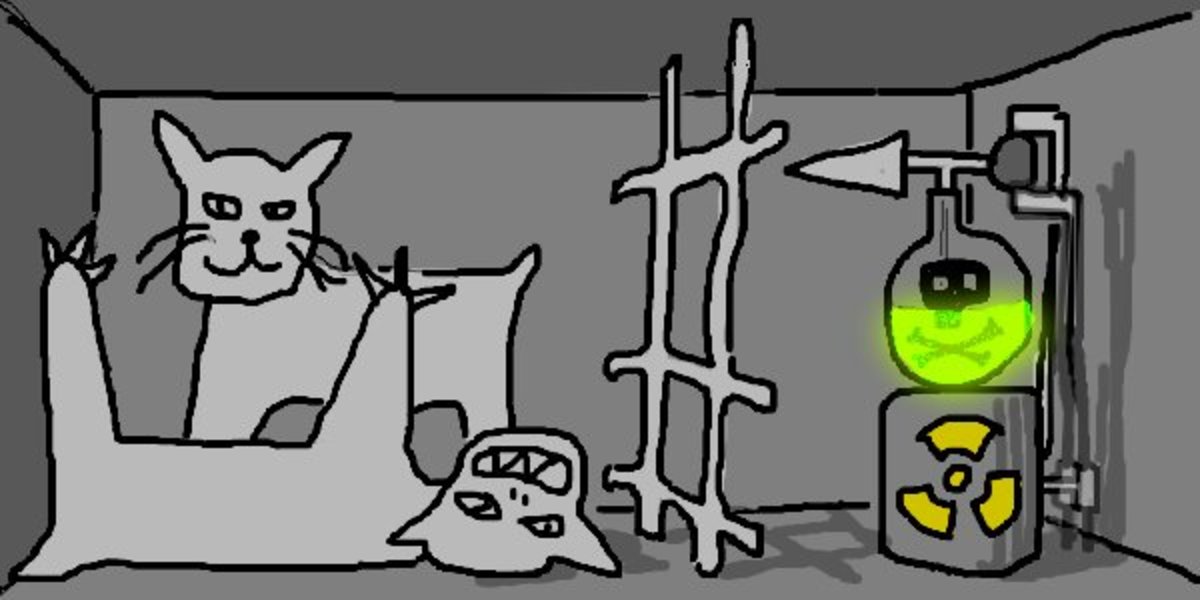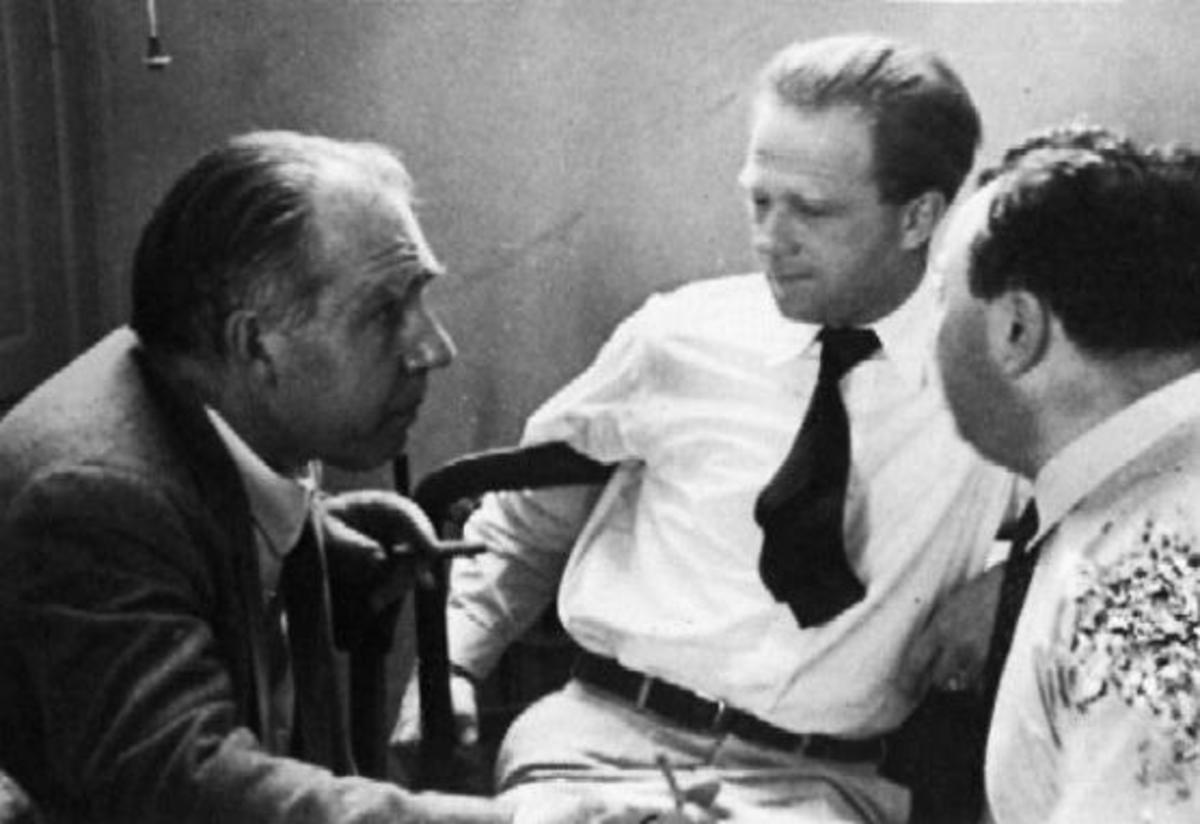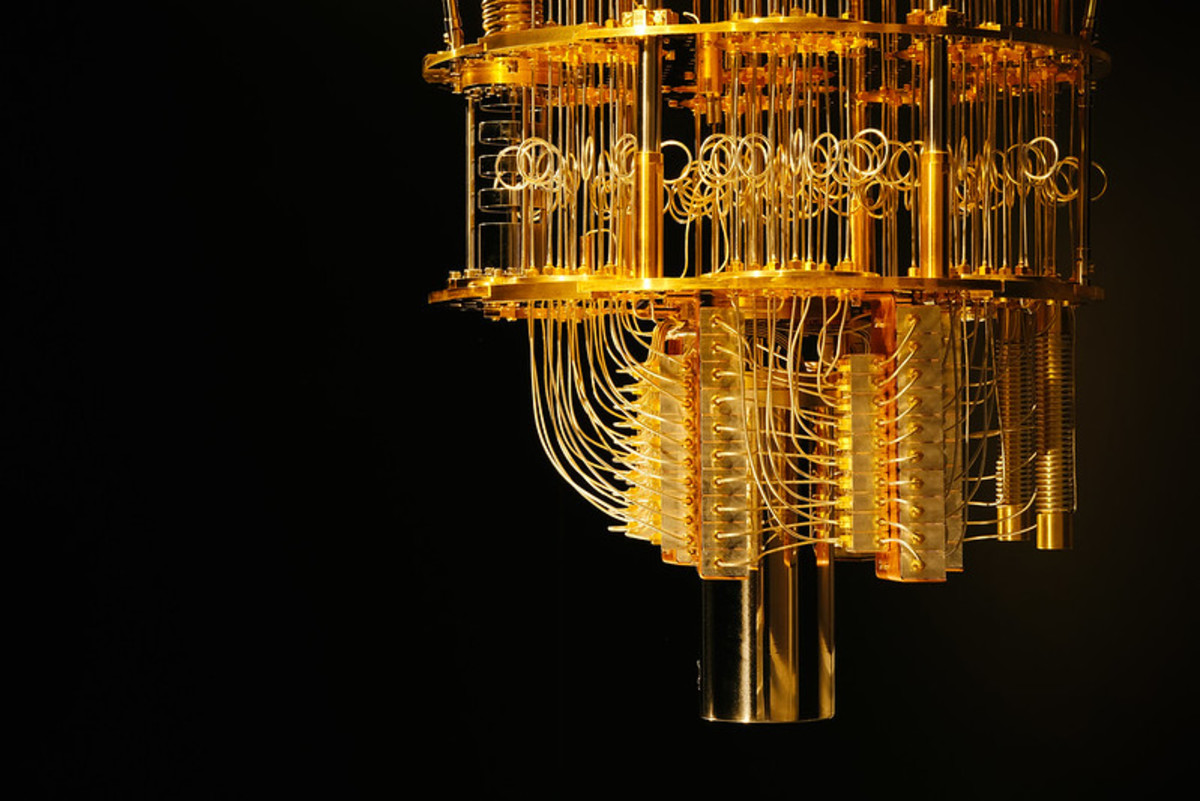Quantum Physics - How Small is Small? How Fast is Fast?
Scientific Notation

Visualising the Quantum World
Welcome to my series on physics if you are new to this series you can go to the home page here
In this hub I am going to try and help you visualize the sub-atomic world. It turns out that most of the concepts needed to describe the particles are 'strange' at all in fact they are just a different scale. Speed, Time, Mass, Energy, Length, Charge and spin can all be used to describe a football as well as an electron. In the subatomic world the question is how big are the quantities? How do we know? What units do we measure them in?
Scientific Notation
To measure the large and small we want to avoide having to write all those 0's, many of you will already know this but please bear with me; 1000 can be written 103, 1,000,000 (million) is 106 1,000,000,000 (billion) 109. It is a simple notation, however how do we write 358,000,000 it is written as 3.58 x 108 this is known as exponential or scientific notation.
It is the same in reverse so 0.001 (thousandth) 10-3 or 22 billionths of a meter would be written 2.2 x10-9 m.
Multiplication in scientific notation is done by adding the exponents i.e. 103 x 106 =109. To divide you subtract exponents i.e what if you want to divide the speed of a particle by the distance to the nearest star 8 x 1016m / 4 x 108s = 2 x108m/s ( abours2/3rds speed of light).
Reletive sizes of Atoms in Fermimeter's

Spin of Particles

Units used in Quantum Physics
Scientific notation is just one way of dealing with these very big and very small numbers. The other way is to introduce new units, which are appropriate for the area of study.
Astromoners use this to measure the distances which are VERY large they use a distance called a light year, this is the distance light travels in a year about 9.4605284 × 1015 meters or even a parsec which is 3.26 light years.
In the world of particles we use femtometer, sometimes called a 'fermi' which is 10-15 m as a convinient unit of length.
The speed of light, c, which is 3 x 108 m/s as a convinient unit of speed.
The size of the electrons charge known as, e, as a convinient unit of charge and the electron volt (eV) as a convinient unit of energy - The electron volt is the energy required to accelerate through an electric potential of 1V.
The Spin of the elementry particles, such as photons, electrons, and quarks, is an intrinsic physical property much like the charge or mass of the particle, as far as you will be concerned in this series spin is a quantum characterization represented with two values which we will call spin-up and spin-down. Spin has some very important practical implimentations. Spin coupling gives rise to the atomic spectra, which is used in atomic clocks, and as the modern definition of a second.

